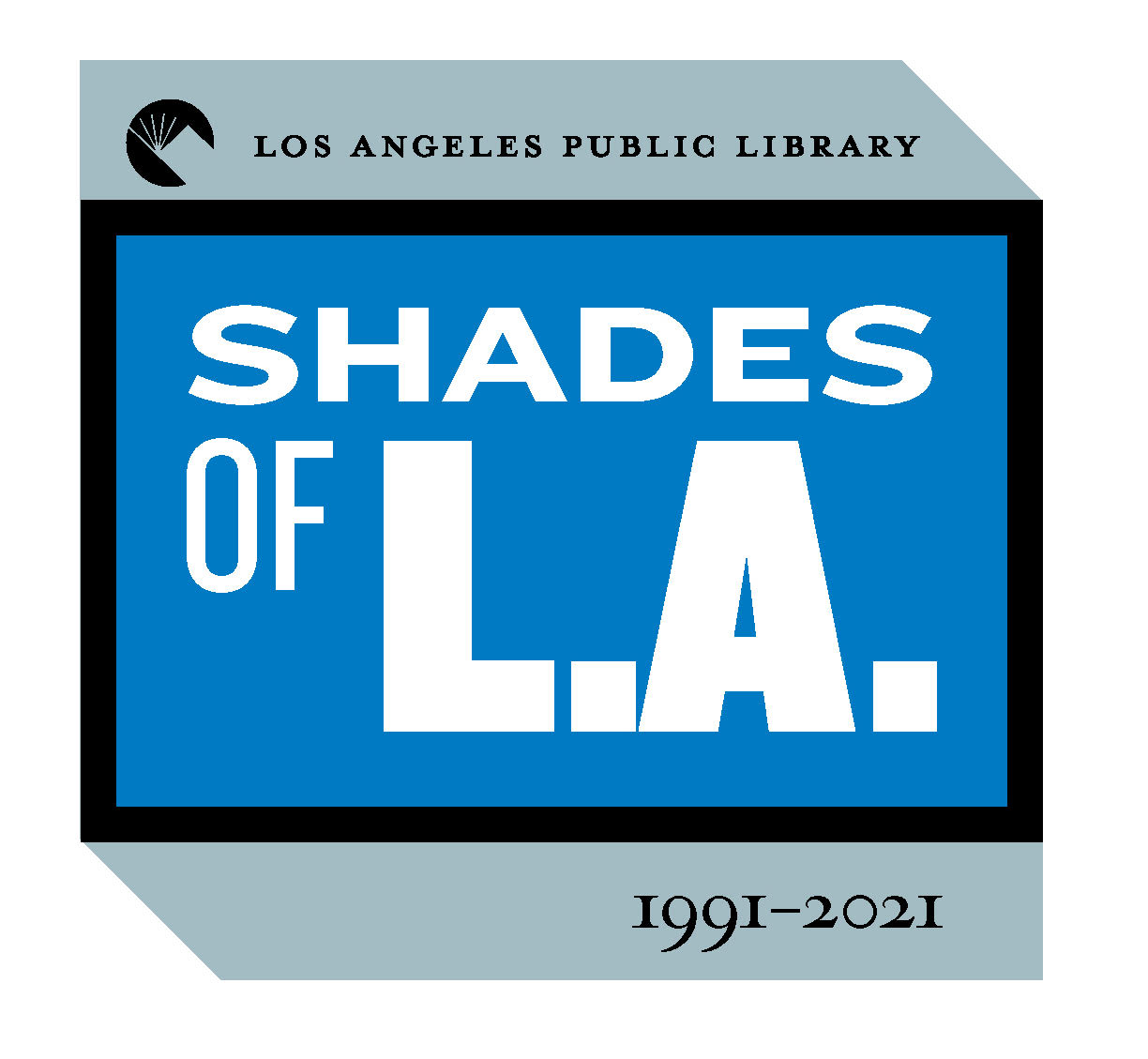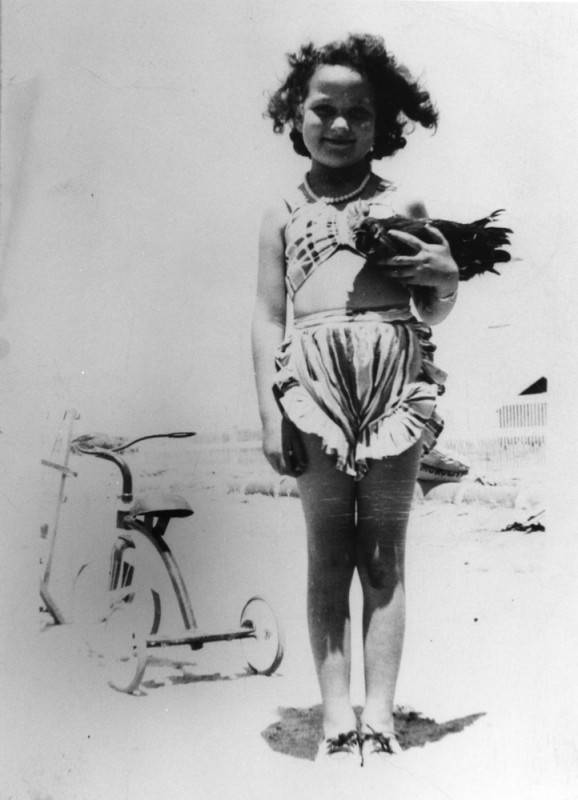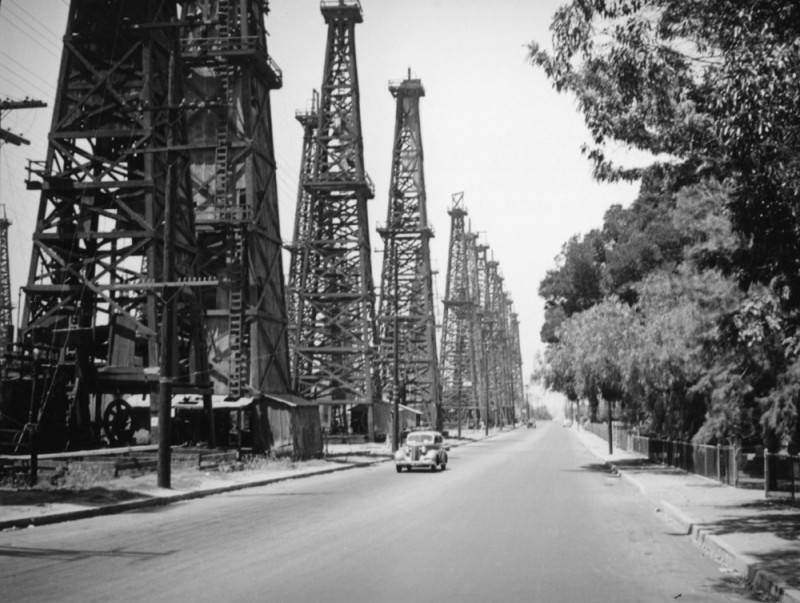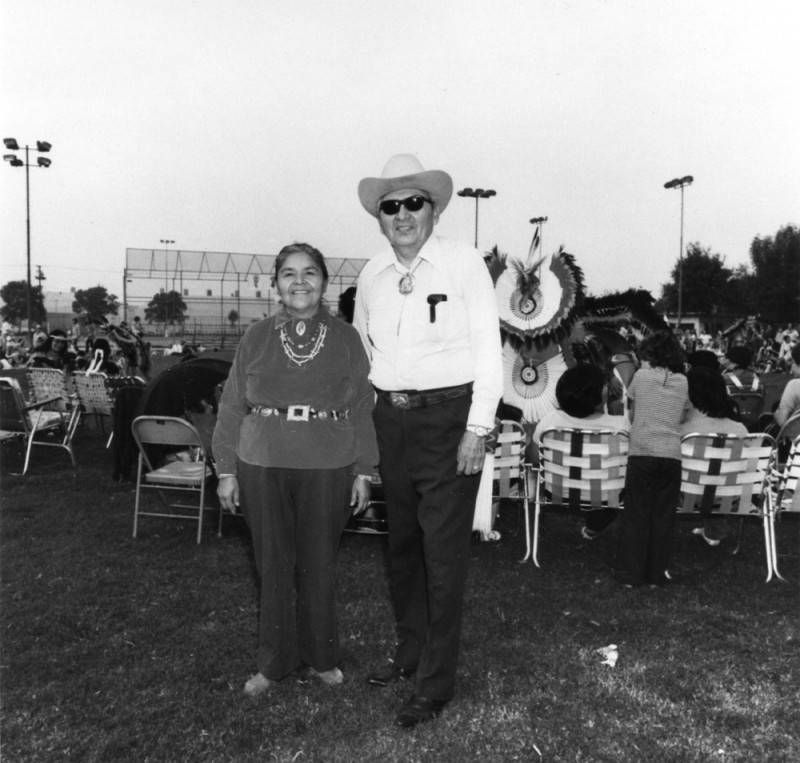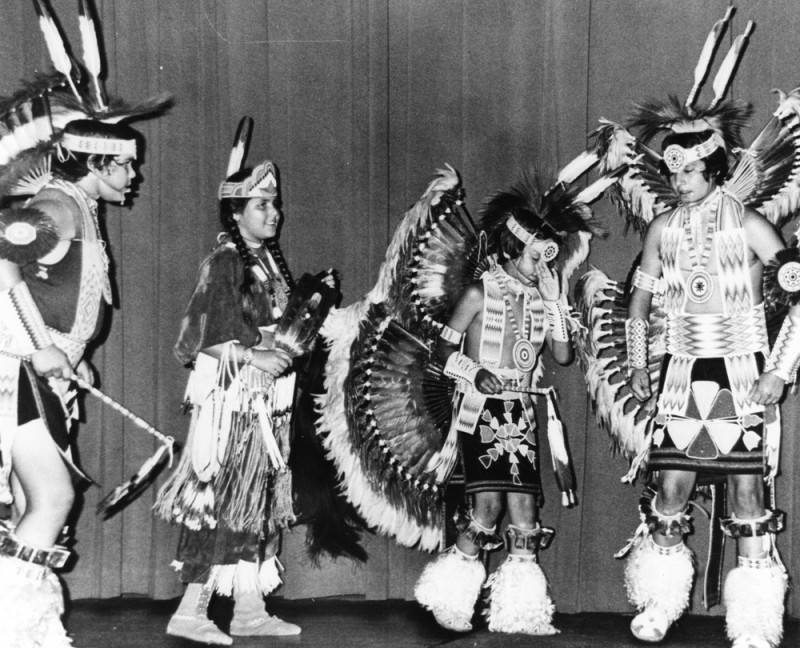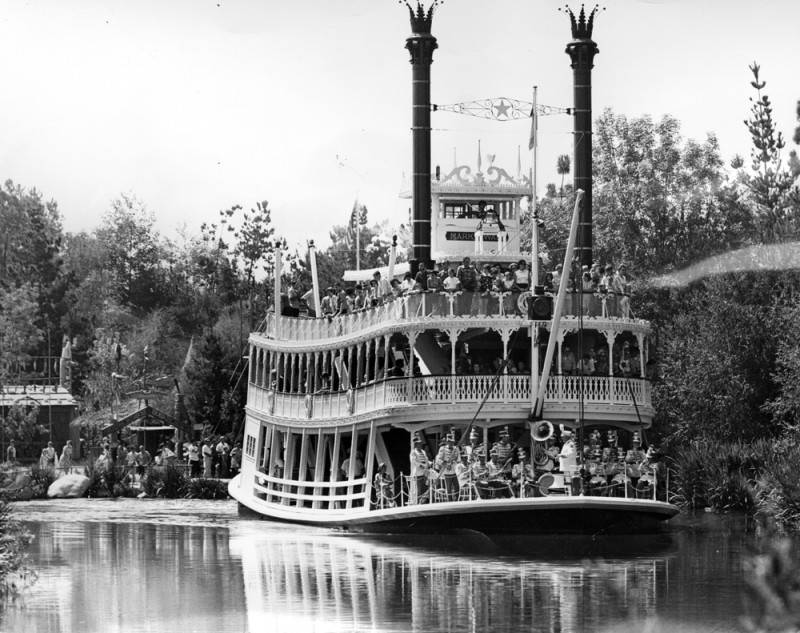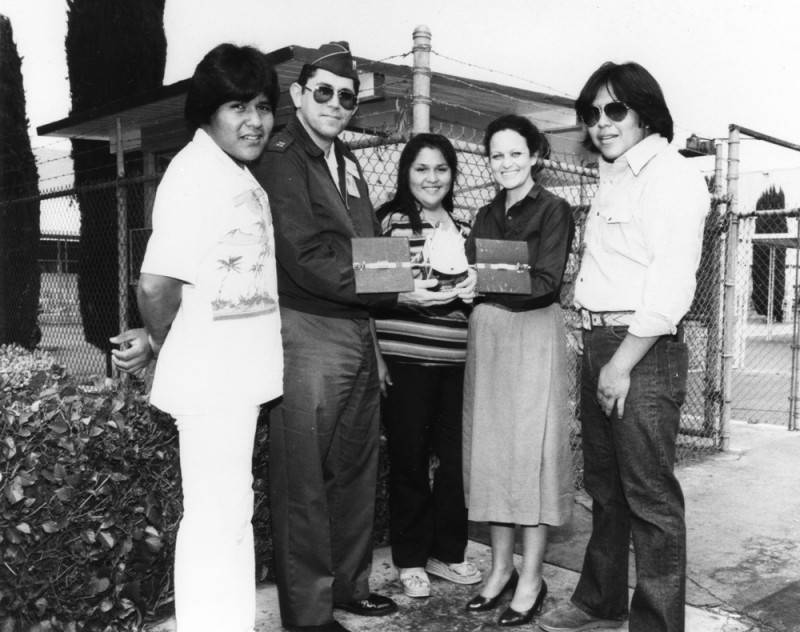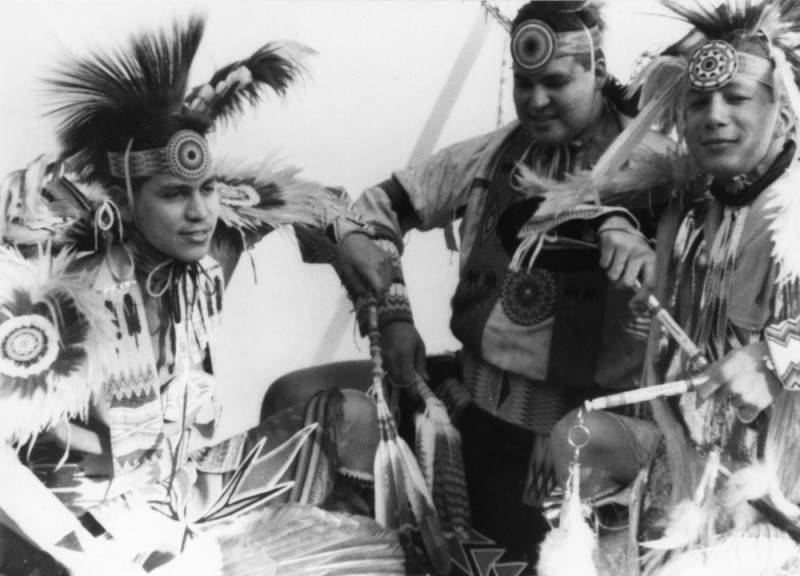Thirty years ago the Los Angeles Public Library embarked on a ground-breaking, collection-building project – reaching out to the diverse communities of the region for family photographs that would provide depth and nuance to an understanding of this region’s multi-cultural history. The project and its results are called Shades of L.A. The support group Photo Friends of the L.A. Public Library was formed to assist in that effort. The group endures.
Los Angeles is a place literally built on the intersection of cultures: from the Tongva and other Native tribes that lived here for centuries to the Spanish, Mexican, and Black pobladores who established the pueblo in 1781, to the Hispanic and White cultures that duked it out for dominance in the early 19th century. As so often happens, the dominant culture, in this case the White American settlers, was quickly able to put their stamp on the historical narrative.
In the 20th century, Los Angeles has seen further waves of immigration, from Eastern Europe, the Middle East, East Africa, and Latin America. Asian immigration has come in distinctive waves, beginning with Chinese in the late 19th century, to Japanese and Filipinos in the first part of the 20th, and, more recently, Southeast Asians, the refugees of the wars that decimated that region.
With major funding from Security Pacific National Bank and California Humanities, LAPL staff and volunteers were able to reach out to many ethnic communities and collect or copy over 7,000 images documenting family businesses, celebrations, religious and cultural traditions, and ordinary life. In addition, volunteers taped a dozen oral histories from participants. These photos and stories go far to balance the collection of the library. For a more detailed overview of the project, see https://www.lapl.org/collections-resources/photo-collection/shades-la.
Two Worlds
Young Glenda with her pet chicken at her grandparents’ home in Bakersfield. “That chicken acted like a dog. If you put your hand out, it would put its head out so you could pet its neck.” Image #00004628.
Glenda Griggs was born in 1941 in Texas to a Cherokee father and a French and English mother. The family moved to California in 1954 where her father continued his career in the oil industry. In 1994, Glenda sat for an interview with Sojin Kim for the Shades of L.A. project. She also donated a number of family photos and images of Indian ceremonies and cultural events. These have become part of the collection Shades of L.A: Native American Community. All images below are from this collection unless otherwise indicated.
German-born photographer Herman Schultheis snapped this photo of oil derricks in the Long Beach/Signal Hill area in 1937. Herman J. Schultheis Collection, Image #00096720.
So he took the job in California and we came out here crying. We didn’t really want to leave [Oklahoma]. And this was such a strange place. We got here during the winter and Christmas day we went to the beach; it was 90 degrees. And we would do crazy things like drive around Long Beach to smell the oil wells.
Gradually Glenda learned to love the area, particularly the beach:
I fell in love with the ocean. When I was young I went surfing. That was a great adventure. My dad liked to surf. I had the opportunity to do that before it became a fad. My kids tease me about surfing on an ironing board.
A Navajo couple attends a pow wow hosted by the American Indian Employee Association of Rockwell International in 1976. Image #00004601.
Children perform at an event sponsored by the American Indian Employees of Los Angeles County, date uncertain. Image #00004600.
This 1965 photo shows the Mark Twain steamboat in Disneyland’s Frontierland attraction. The “Indian Village” is seen behind it. The “burning cabin” lies around the bend. By the 1970s, the narrative of “unfriendly Indians” torching the settler’s cabin and murdering its owner was replaced with a pirate theme; later the “burning” was completely doused. Herald Examiner Image #00105265.
The Disney Connection
As a teen, Glenda started working at Disneyland shortly after it opened. Many young Indians worked at the amusement park. Ironically, Glenda had to prove her Indian heritage in order to obtain a position at the park’s Indian Village; the proprietor was only hiring Native Americans, presumably for a bit of authenticity. Working at Disneyland was formative for Glenda in a number of ways. In addition to meeting her future husband there, she was, for the first time, introduced to other young people from indigenous cultures. She also experienced discrimination first-hand and became aware of labor and social justice movements:
Unfortunately, Disney never really treated the Indians very fairly…the entertainment management didn’t have much respect for the Indians who were performers. And they paid them less than they paid the people who were dancers in some of their other production shows…But they organized, and they went on strike, and when they had the audacity to strike Disneyland, [the park] closed the Indian Village and built Bear Country [instead]. So there have been no Indians at Disneyland since the Indians went on strike. And as close as they can get — which is very racist — is their “burning house” [cabin], and when they go around in their steamboat, they tell them, “look out, look out, wild Indians are attacking!”
Melvin Ahhaitty, Glenda’s husband, in his Marine Corps uniform. Image #00004615, 1959.
Marriage brings new perspectives
Glenda’s husband, Melvin Ahhaitty, served in the Marine Corps, a fact he hid from Glenda at first due to her disdain for the young marines she had encountered. He was a full-blooded Native of Kiowa and Comanche heritage. When they married in 1961 Glenda became even more immersed in Native American culture. This was a contrast to her childhood, where, aside from family, she knew few Indians.
And it was really because of marrying him — [once] I married him, we did not have any social contacts that were not Indian…I mean, I am of mixed background and had a mixed background in how I had grown up, but my husband and I have been married 35 years and from his life point, I did not have contacts except with Indian people. The only contacts I had with non-Indian people were those that I happened to be with at work.
She also learned to understand the warrior tradition that led so many young Indians to join the armed services.
You know, Indian people are conquered within their own country, but there’s nothing more important to them than their country. No Indian event begins without the flag and the flag song being sung. And at the end of it they usually sing warrior songs honoring military veterans. Warrior songs that are sung talk about ancient battles, but they also talk about all of them from WWI forward. And in their words they’ll talk about the Battle of the Bulge or they’ll talk about the Tet Offensive in Vietnam.
Glenda Ahhaitty is pictured second from right at an Indian Youth Leadership event at Vandenburg Air Force Base, about 1975. They are holding a model of a satellite. Image #00004609.
Women’s Work
In her thirties, Glenda went to work in the aerospace industry, both at Rockwell International and McDonnell Douglas. Starting as a file clerk, she worked her way into increasingly responsible technical positions, including drafting and programming.
When I started working at Rockwell they were doing the last of the Apollo space launches, which were the Apollo-Soyuz missions with Russia, and later on the space shuttle, so it was a very exciting time in our nation. The engineers I was working with at Rockwell, they were working with Russians; they were opening up a new frontier in technology….Women were just beginning to demand a presence in engineering. There were women who were degreed engineers who were classified as secretaries. We fought very hard for women to have a technical presence in engineering. So I had the good fortune to benefit from some of that.
She joined Indian professional organizations and began to work on Indian causes and to mentor Indian youth. At the time of the interview, Glenda was serving with the Los Angeles City/County Indian C0mmission (now the Los Angeles City/County Native American Commission) as Executive Director. Her personal life revolves around her family: four children and three grandchildren.
My children have grown up singing and dancing. We have a drum group called Red Tipi and we travel all over for dances and pow wows. That’s very much a part of our lives.
Walter, Glen, and John of Red Tipi perform at the Hollywood Bowl, date uncertain. Image #00004605.
Glenda Ahhaitty experienced a turbulent period in the history of the Southland. She watched the Watts Riots unfold on her television screen while in labor with her daughter in 1965. She was closely involved with the booming aerospace industry of the 70s and 80s. And she took part in the fight for racial equity of the last decades of the 20th century. She continues to advocate for the rights of Native Americans.

